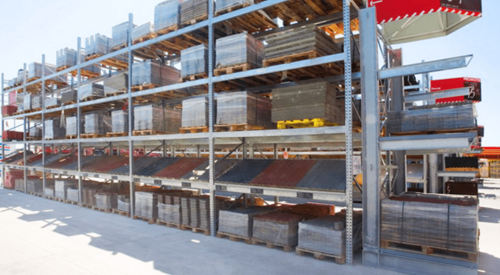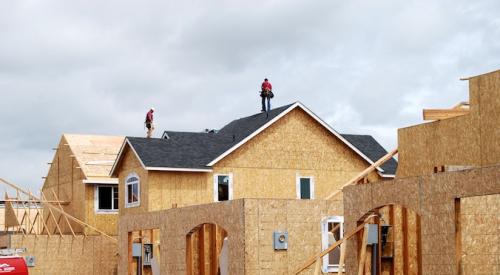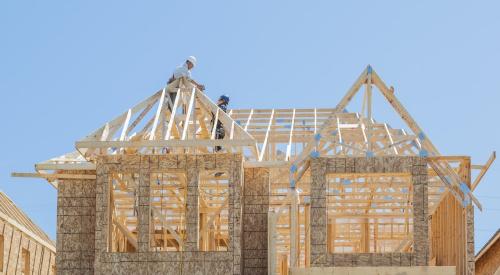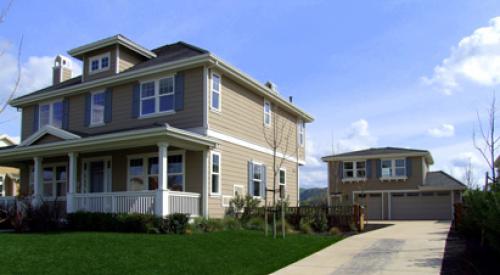If recent new-home sales figures indicate a slight economic downturn, that may be good news for the industry in terms of bringing material supply closer to demand, says NAHB chief economist David Seiders.
"The building industry in general, and it is funny to put it this way, sort of almost welcomes a slowdown." Seiders told MSNBC viewers recently. "The shortage of labor and building materials have really been acute, and a lot of the production processes have been drawn out with a lot of imbalances and bottlenecks in this market. Perhaps a moderate slowdown will help bring this market back into better balance."
| Housing Starts (Thousands of Units, Seasonally-Adjusted Annual Rate) |
||
| Single-Family | Multi-Family | |
| Q1/98 | 1242 | 340 |
| Q2 | 1243 | 326 |
| Q3 | 1274 | 363 |
| Q4 | 1352 | 349 |
| Q1/99 | 1389 | 384 |
| Q2 | 1318 | 299 |
| Q3 | 1305 | 315 |
| Q4 | 1265 | 305 |
| Q1/00 | 1225 | 290 |
| Q2 | 1185 | 285 |
| Q3 | 1200 | 300 |
| Q4 | 1225 | 310 |
| Historical Data: U.S. Department of Commerce Forecast: Professional Builder | ||
Seiders comments came after the Commerce Department released figures showing that new-home sales decreased 12.8 percent in September to annualized rate of 811,000. The figures also revised downward the annualized rate for August from a 2.9 percent increase to a .4 percent decrease.
On a regional level, the Commerce department figures show the largest decreases in the West and Midwest, which experienced sales drops of 14.8% and 14.2% respectively. New home sales in the Northeast dropped only 8.1%. Hurricane Floyd may have been partly to blame for the 11.3% drop in new home sales in the South during September.
Housing Starts Flatten
August housing starts were at a seasonally-adjusted annualized level of 1.676 million units. This was just a slight 0.4% above the July pace of 1.670 million annualized, but 3.8% better than during August 1998.
Multi-family units were started at an annualized rate of 372,000 during August, the best level in the past six months and 6.6% better than in July. Multi-family starts had dropped as low as a 279,000 unit rate during May and were about 15% below their year-ago pace over the May-July period. Single-family starts, on the other hand, fell 1.3% between July and August, while still besting the year-earlier annualized rate by 3.2%.
Since plunging almost 10% between March and April, total housing starts have come in at better than a 1.6-million unit annualized rate for four consecutive months. Nevertheless, over-the-year growth trends clearly peaked during the spring (at almost 11% for the January-May period) and had slowly fallen to just under 7% as of August.
Through the first eight months of 1999, total starts have increased by 5.4% over the January-August 1998 total. Single-family starts are up 7.0%, while the number of multi-family units started so far this year is about 1% below the 1998 pace. For the year as whole, we’re now forecasting total starts of 1.662 million units during 1999, reflecting our expectation for a slower pace of monthly home building over the final four months of this year--but a level about 3% better than last year, and an impressive number by any standard of comparison.
Also See:
Some Markets Cooling
Permits Fall Off Slightly












